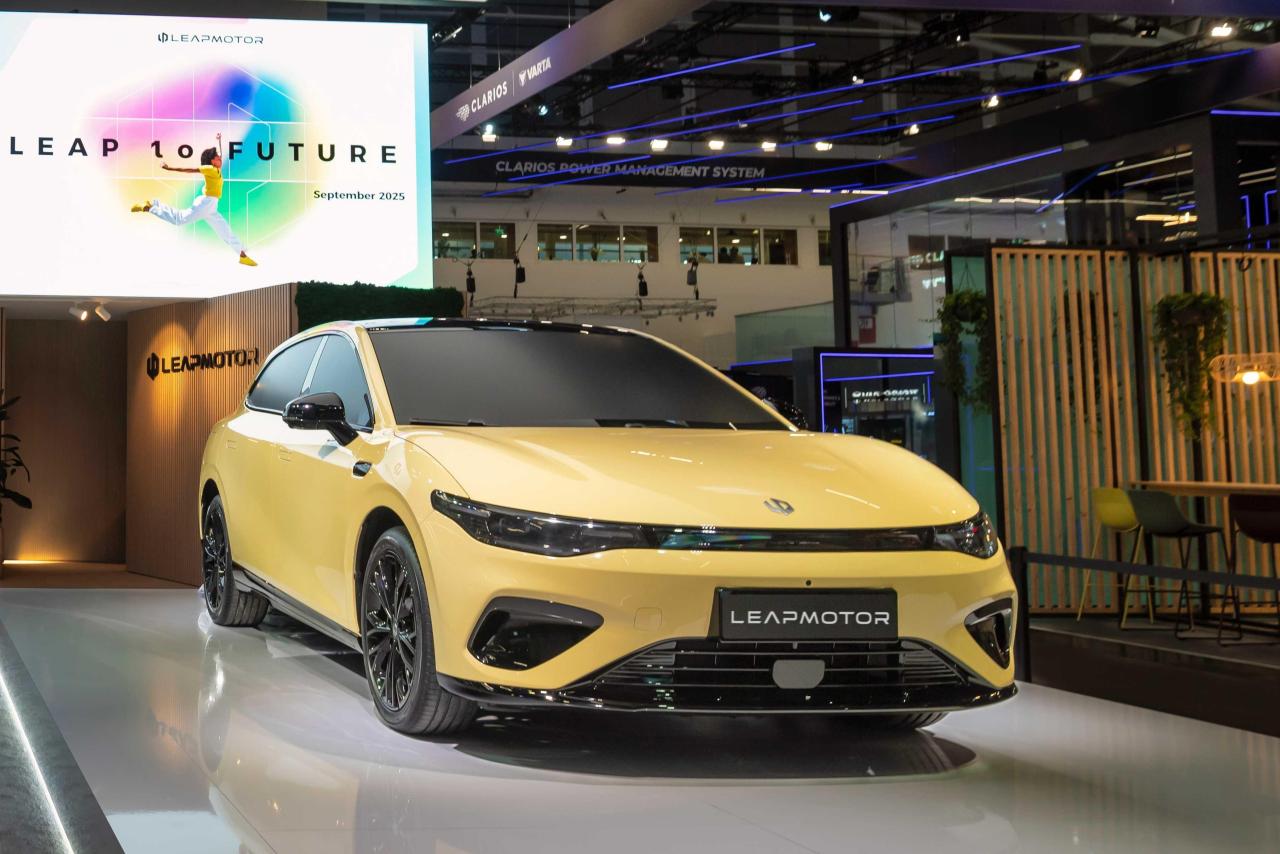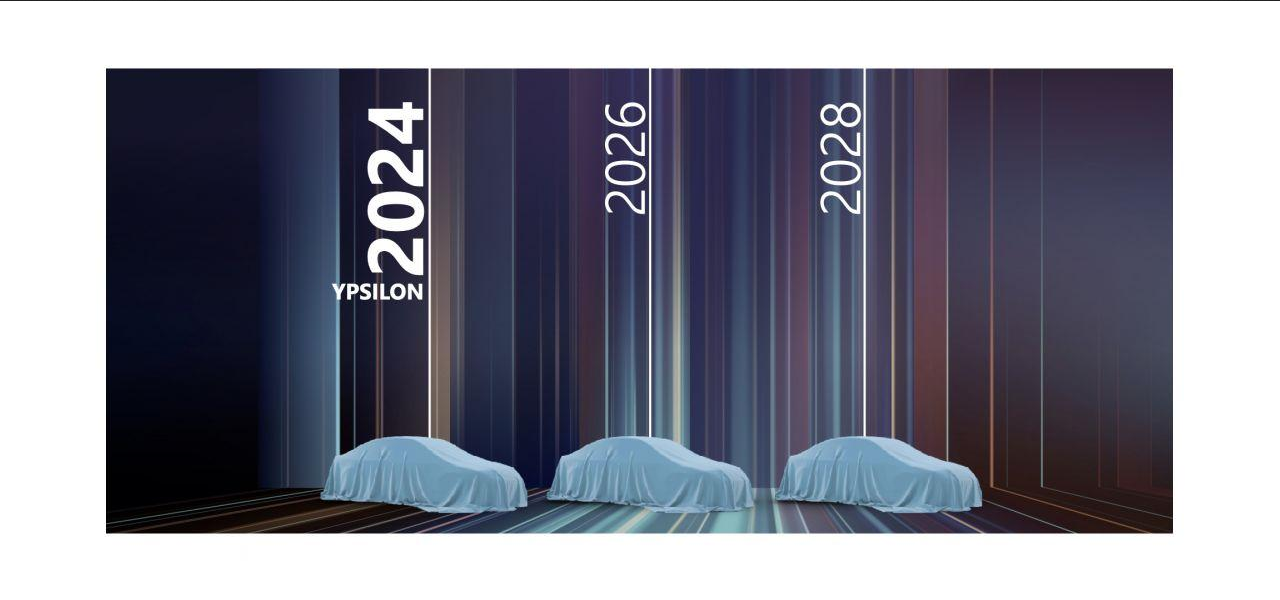Tutti i contenuti di Beckervdo
-
Auto usata per neopatentato 2026
Sulle Giappo, Coreane, se sono state tagliandate con regolarità e controllate scrupolosamente, direi che hai una affidabilità intrinseca più elevata. Yaris, Swift, Mazda 2, Kia Rio, Hyundai i20, potrebbero fare al caso tuo, senza però avere un bagno di sangue per RCA-Furto ed avere un po' di tranquillità in più per l'affidabilità
-
Auto usata per neopatentato 2026
Per 5000 € trovi la qualunque. Il problema è come la trovi. Sebbene alcune auto largamente diffuse si può pensare che siano riparabili con il Fil di Ferro, da un lato devi anche considerare la "rubabilità" della stessa e la riparabilità. Esempio, dalle mie zone, puoi togliere dalla ricerca tutte le auto del gruppozzo FIAT e company, perché le rubano come se non ci fosse un domani, quindi qui si vira us Jappo e Koreane. Dipende dalla zona, dall'assicurazione, dalla disponibilità e solo alla fine dal glamour. Perché a 18 anni, sebbene figosissimo, poi alla fine ti interessa che l'auto ti porti da A-B.
-
el nino e la nuova auto aziendale
Tra le tutte ti direi Tiguan e Superb se non ci sono problemi con le dimensioni.
-
Maserati Grecale MY 2026 (Spy)
Eh? A parte che potrei capire i consumi nel momento in cui ti devi fermare più di 2 volte per andare da Roma a Montecarlo, ma stiamo paragonando un V8 4.0 litri Biturbo da 720 CV e 770 Nm di coppia su una massa di 1500 kg, rispetto ad un V6 3,0 litri Biturbo da 550 CV e 650 Nm di coppia su 1800 kg. 300 kg non sono una bazzeccola.
-
Jaguar 4-doors GT BEV 2025 (Spy)
sì, ma fa sempre cagare
-
[Mai Nate] Opel
Da quel che ricordo, ma non ricordo dove lo lessi: la V8 venne cassata perché aveva gravi problemi di raffreddamento. Il motore era il 5.7 LS1 derivato dalla 'Vette.
-
Quale erede per la Fiesta a GPL...?
Credo che il 4x4 non vi occorra, almeno da quel che spieghi. Quindi eviterei versioni 4WD. Tra le varie, consiglio la Duster GPL.
-
Buon Natale e Buon 2026: filosofia sulle festività, sui propositi e sulla Befana
-
Tiguan o DS7?
Tiguan, senza stare a pensarci troppo, o il suo gemello, Skoda.
-
Volvo EX60 2026 - Prj. V436 (Spy)
- Renault Clio Williams 2026
Con l’arrivo della Renault Clio di sesta generazione, l’artista digitale @davidbaylisdesign ha condiviso la sua visione di un’ipotetica Renault Clio Williams, basata sull’attuale modello.- Fiat Fastback 2026 - Prj. F2X (Spy)
Ma sì...alla fine contate quante BMW X2 18 si vedono in giro, rispetto alle X1. Se fanno una buona politica di NLT le prendono al posto del cassonetto tedesco.- Fiat Fastback 2026 - Prj. F2X (Spy)
Praticamente è la declinazione BMW X2 di Fiat.- BMW M5 Facelift 2027 - Prj. G90 LCI (Spy)
- DS Automobiles N°7 2026 - Prj. D74/S4U (Spy)
Morbidissima. Un mattone su ruote.- BMW Neue Klasse M3 2027 - Prj. ZA0
- I prossimi modelli Alfa Romeo
So solo che stanno mettendo alacremente mano ai 4 cilindri ed al Nettuno.- BMW Serie 5 & Serie 5 Touring LCI 2027 - Prj. G60/G61 LCI (Spy)
Solo quello vale per la E60, a maggior ragione se Touring.- I prossimi modelli Alfa Romeo
C'è c'è :-)- Leapmotor B05 2025
- BMW iX3 M 2027 - Prj. ZA5 (Spy)
Il modello con motorizzazione "classica" vedrà nel suo pinnacolo, la M50, spinta da 3.0 litri biturbo benzina da oltre 395 CV. Mentre la sua declinazione basata sulla piattaforma Neue Klasse, avrà il suo modello di punta elettrico, ossia la BMW iX3 M che debutterà non prima del 2027. Come si può notare dalle foto spia, abbiamo passaruota anteriori e posteriori sporgenti, ma anche cerchi e pneumatici specifici per il modello in questione. Gli pneumatici anteriori hanno una misura di 275/35 ZR21 e quelli posteriori sono ancora più grandi, 285/35 ZR22 , il che dimostra la necessità di molta impronta al suolo. A questo si aggiungono i dischi freno forati su entrambi gli assi, con pinze di un blu brillante sull'asse anteriore (appannaggio dell'impianto M), ed una ridotta altezza da terra con setup delle sospensioni specifico. Se si tratta di una vera iX3 M o di una M60 xDrive, stiamo parlando di una configurazione a doppio propulsore elettrico con una potenza massima che supererebbe di gran lunga i 500 CV nella prima e di poco superiore ai 550 CV nella seconda. Tuttavia, entrambe presenteranno caratteristiche e dotazioni interne speciali, con un volante specifico BMW M ed altri dettagli ad hoc, un versione del Panoramic Vision specifica e fino a 600 chilometri di autonomia con una singola ricarica.- Polestar 7 2028 - Prj. P417 (Spy)
Polestar ha rilasciato ulteriori dettagli sul SUV 7 in vista del suo lancio previsto per il 2028. Il marchio ha confermato che si affiderà a Volvo e Geely per la tecnologia della batteria, del motore e del telaio dell'auto, che sarà costruita nello stabilimento Volvo di Kosice in Slovacchia. Polestar non ha ancora confermato su quale piattaforma verrà costruita la 7, ma sospetto che sia la piattaforma SPA3, estremamente scalabile e che sarà alla base della prossima Volvo EX60 che sarà inoltre dotata di un'architettura elettrica a 800 volt per una ricarica più rapida. Il CEO di Polestar, Michael Lohscheller, ha recentemente rivelato che ogni nuovo modello concepito dopo la Polestar 7 utilizzerà lo stesso hardware, ponendo fine alla strategia di piattaforma frammentata che ha visto il marchio utilizzare quattro architetture diverse in cinque anni. Da buona nomenclatura Volvo, la Polestar 7 sarà un nuovo SUV compatto le cui dimensioni saranno comprese tra la Volvo EX30 e la EX40. Questo la collocherà direttamente nello stesso mercato della Polestar 2, ma Lohscheller ha confermato che l'auto sarà un modello aggiuntivo che non affiancherà la 2, ma la sostituirà. "Polestar è nota per il suo design all'avanguardia, con ogni auto che si distingue e crea un proprio interesse – così farà anche la Polestar 7", afferma il nuovo responsabile del design, Philipp Römers. Per sapere chi sia Römers, è il responsabile del design dell'Audi A6 e-Tron e la Q6 e-Tron, così come altri modelli del Gruppo Volkswagen come la Volkswagen Golf di settima generazione.- Volvo EX60 2026 - Prj. V436 (Spy)
La nuova Volvo EX60 è in fase di "lancio" industriale. La linea sarà un mix di attuali canoni Volvo, con una miscela di quelli Polestar. Sarà un modello di transizione. Da quel che ho visto, tetto panoramico di serie su tutti i modelli. Inizio produzione per fine 2023, quindi commercializzazione 2024.- I prossimi modelli Lancia
- I prossimi modelli DS Automobiles
- Renault Clio Williams 2026
Account
Navigation
Cerca
Configure browser push notifications
Chrome (Android)
- Tap the lock icon next to the address bar.
- Tap Permissions → Notifications.
- Adjust your preference.
Chrome (Desktop)
- Click the padlock icon in the address bar.
- Select Site settings.
- Find Notifications and adjust your preference.
Safari (iOS 16.4+)
- Ensure the site is installed via Add to Home Screen.
- Open Settings App → Notifications.
- Find your app name and adjust your preference.
Safari (macOS)
- Go to Safari → Preferences.
- Click the Websites tab.
- Select Notifications in the sidebar.
- Find this website and adjust your preference.
Edge (Android)
- Tap the lock icon next to the address bar.
- Tap Permissions.
- Find Notifications and adjust your preference.
Edge (Desktop)
- Click the padlock icon in the address bar.
- Click Permissions for this site.
- Find Notifications and adjust your preference.
Firefox (Android)
- Go to Settings → Site permissions.
- Tap Notifications.
- Find this site in the list and adjust your preference.
Firefox (Desktop)
- Open Firefox Settings.
- Search for Notifications.
- Find this site in the list and adjust your preference.










.thumb.jpg.60926ade2661aae893e1d076ce1b3741.jpg)
.thumb.jpg.9653aa82104aa6f406f2b02e1f57a8eb.jpg)
.thumb.jpg.d5c75d50ff753a452f6463b4c84d4ff5.jpg)
.thumb.jpg.77b39b931327ef6e27b0497e0af7f18d.jpg)



